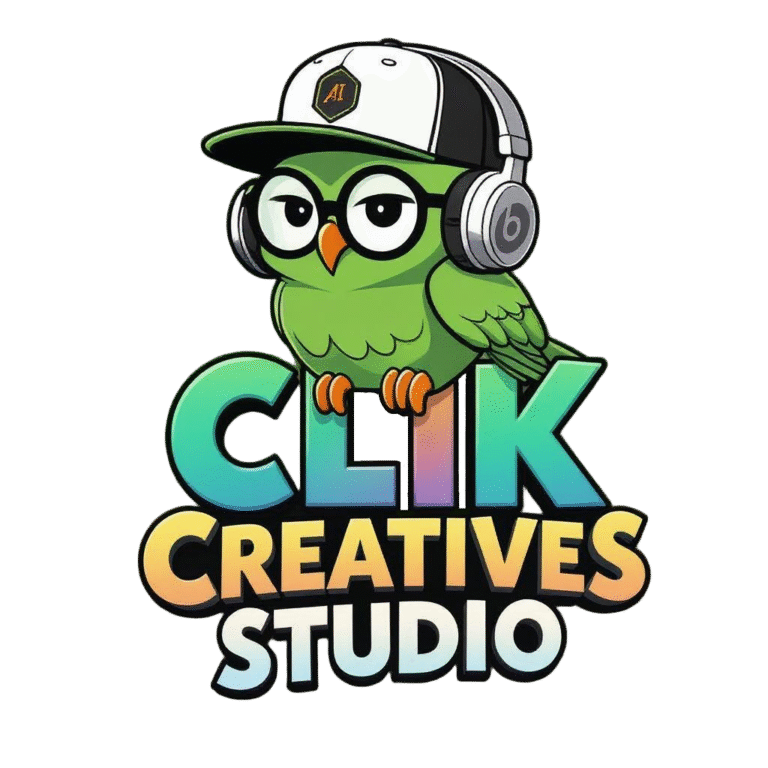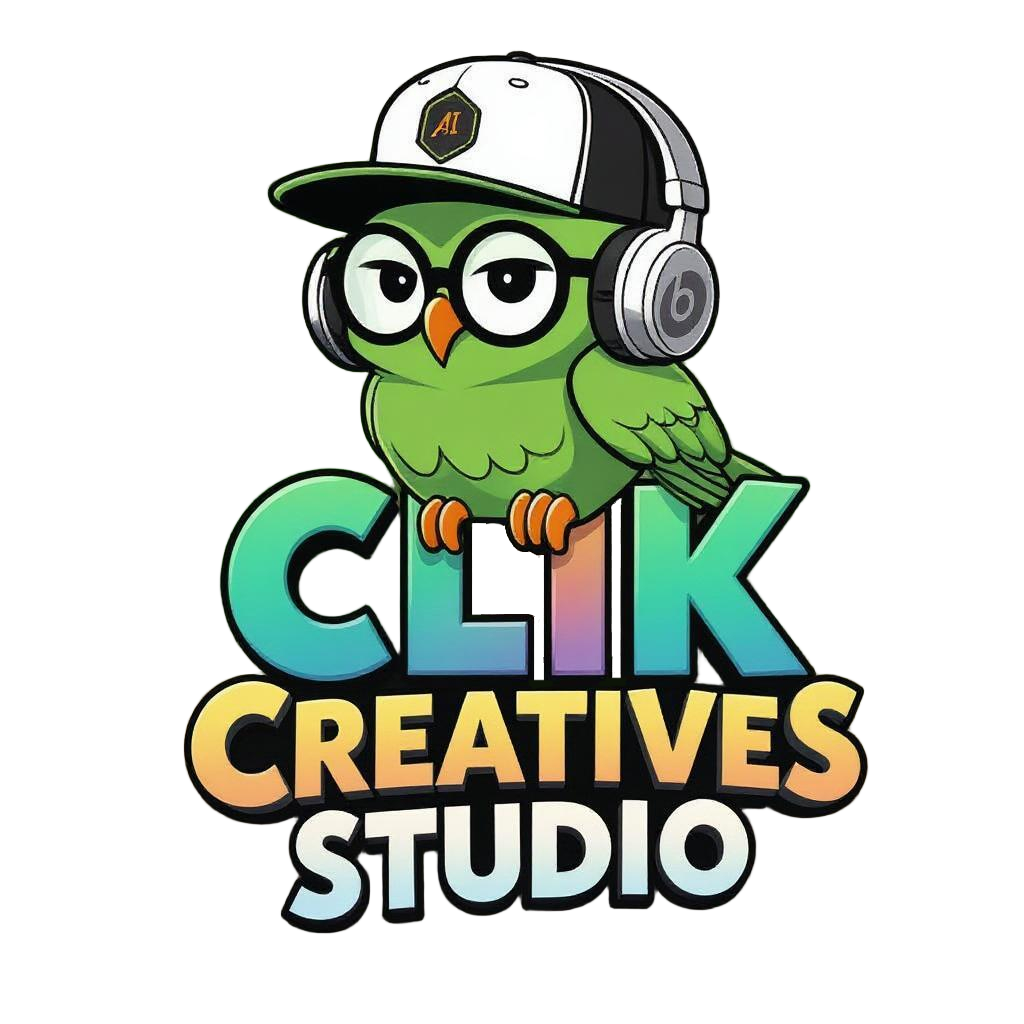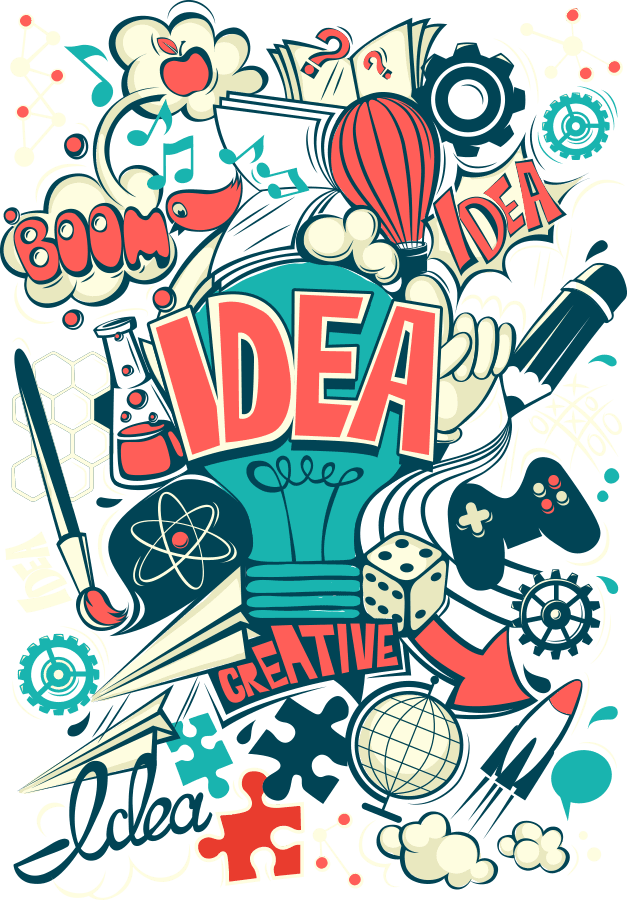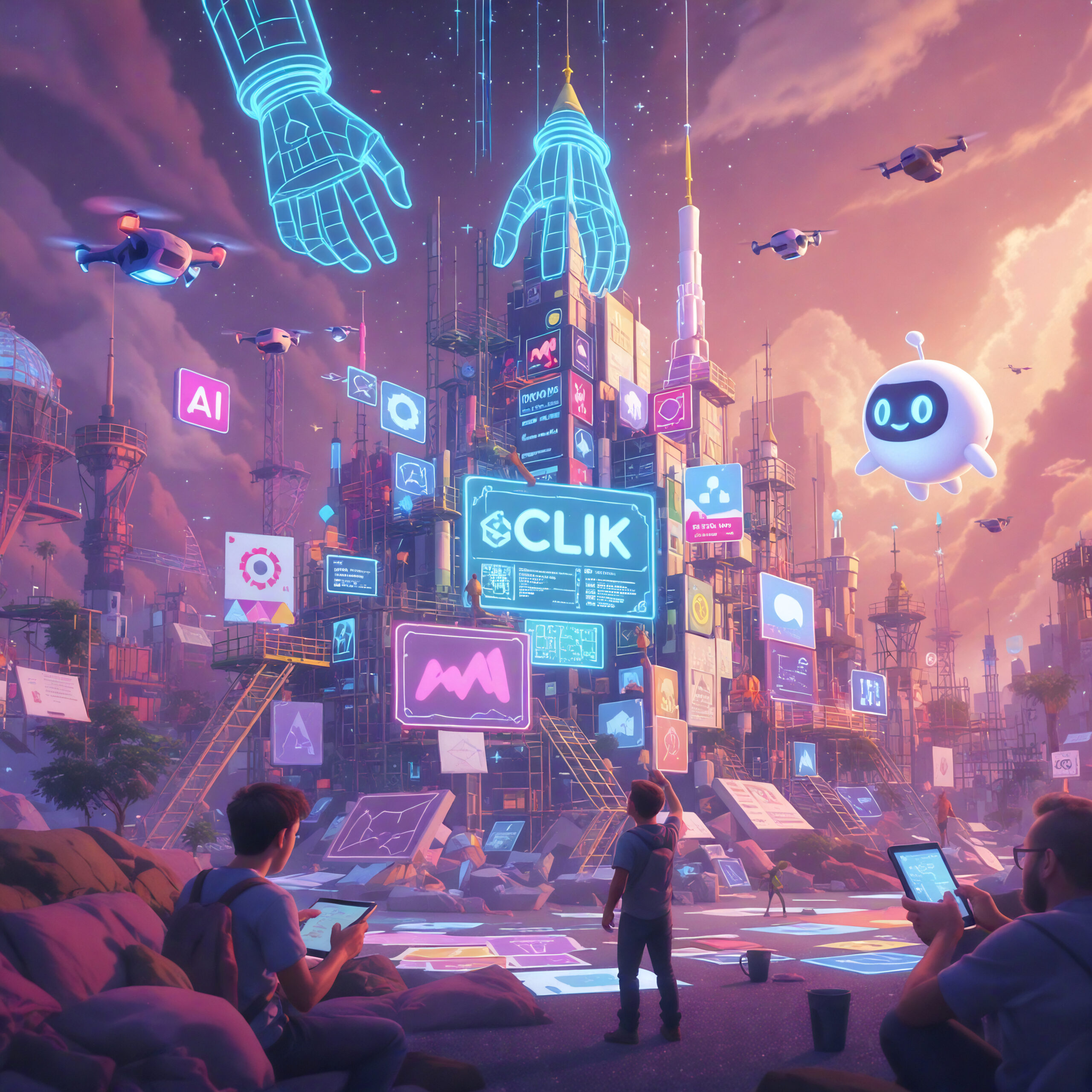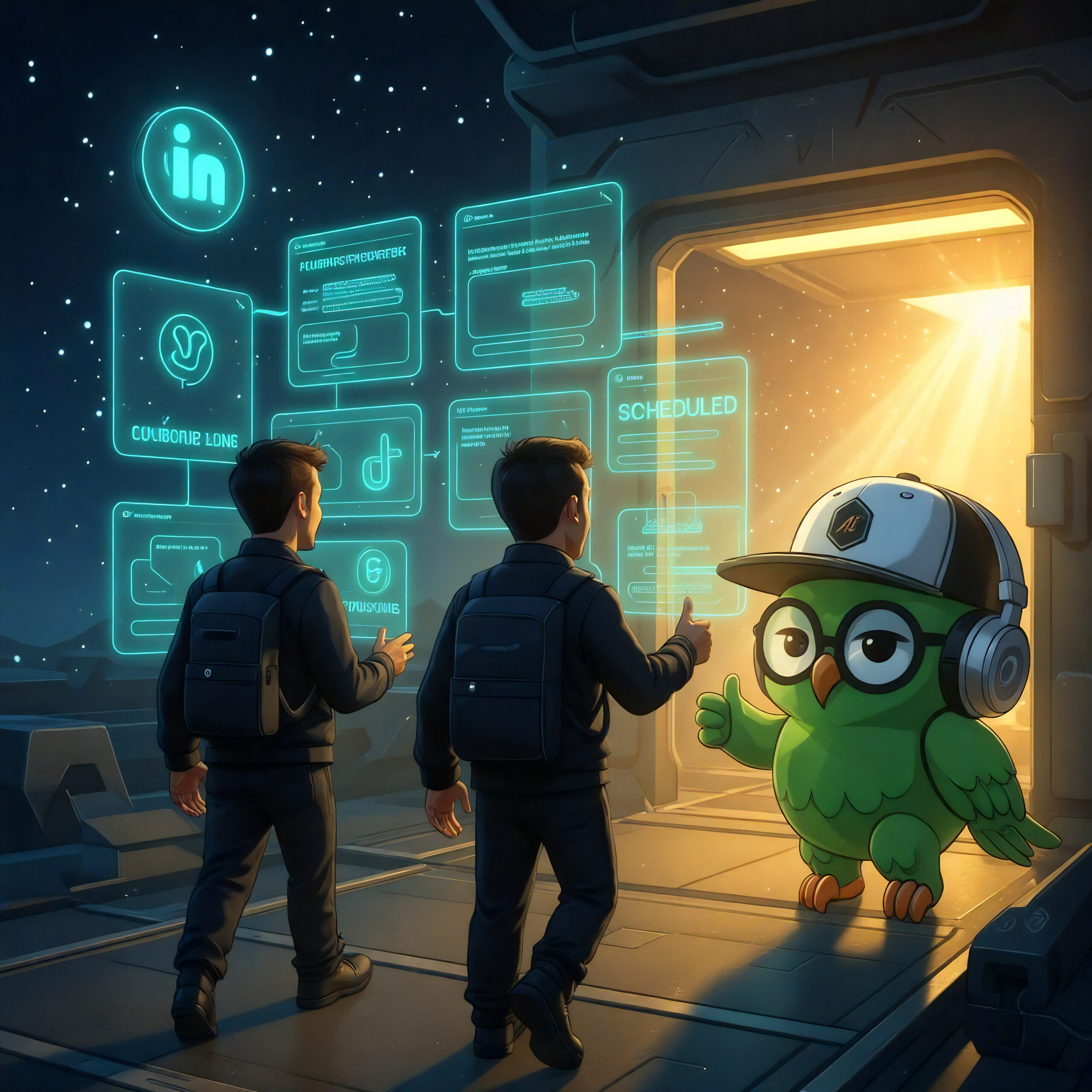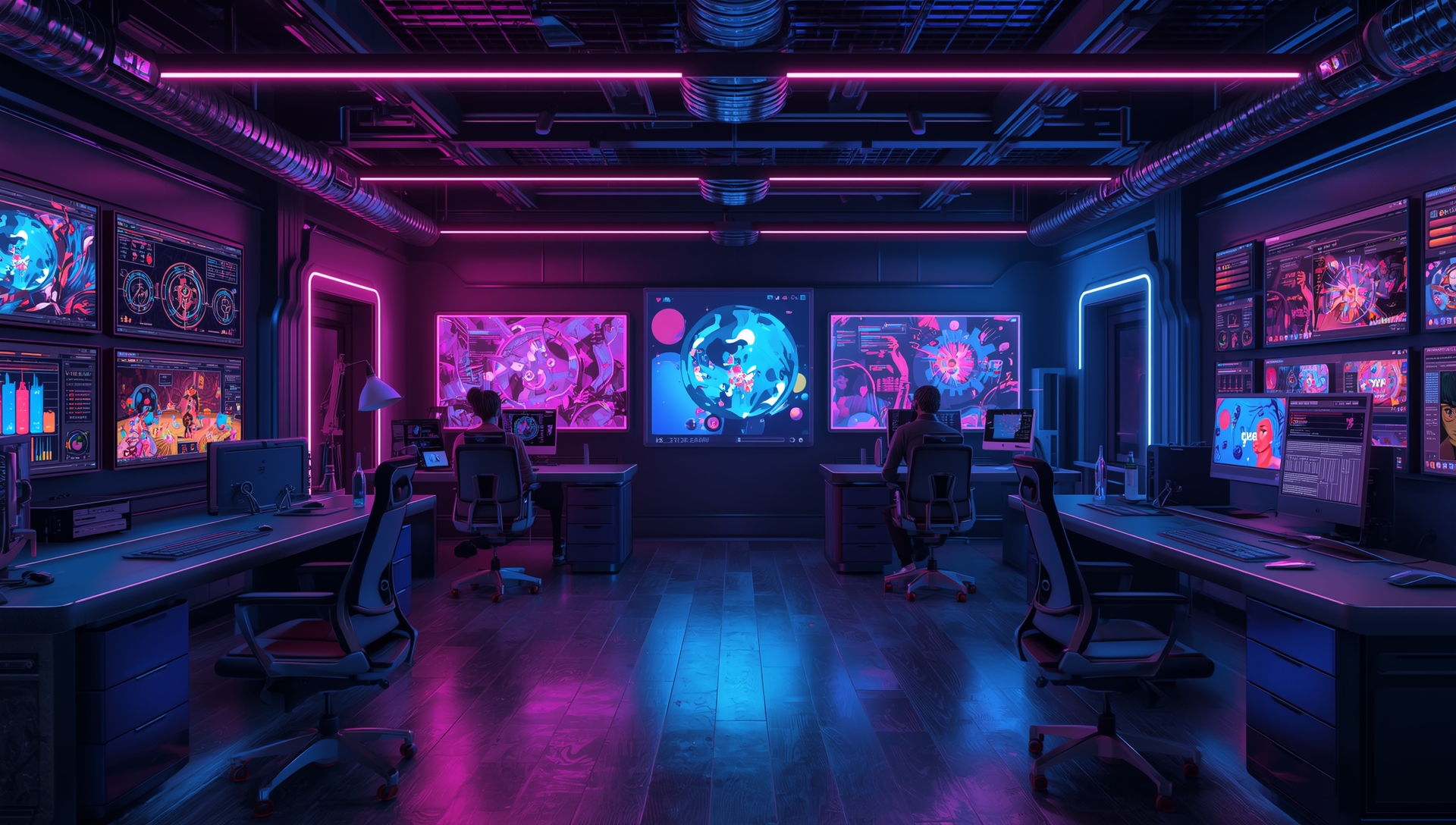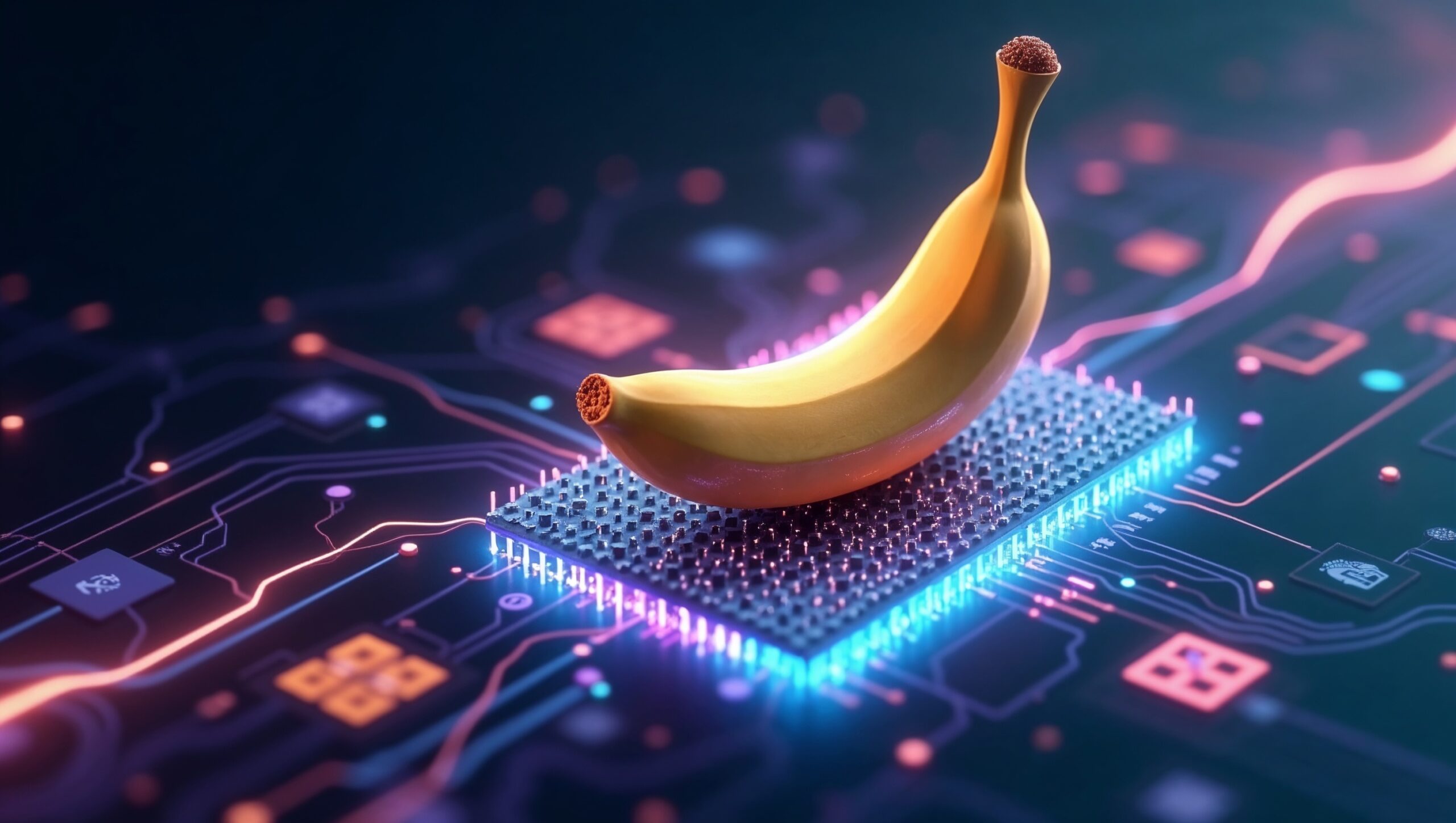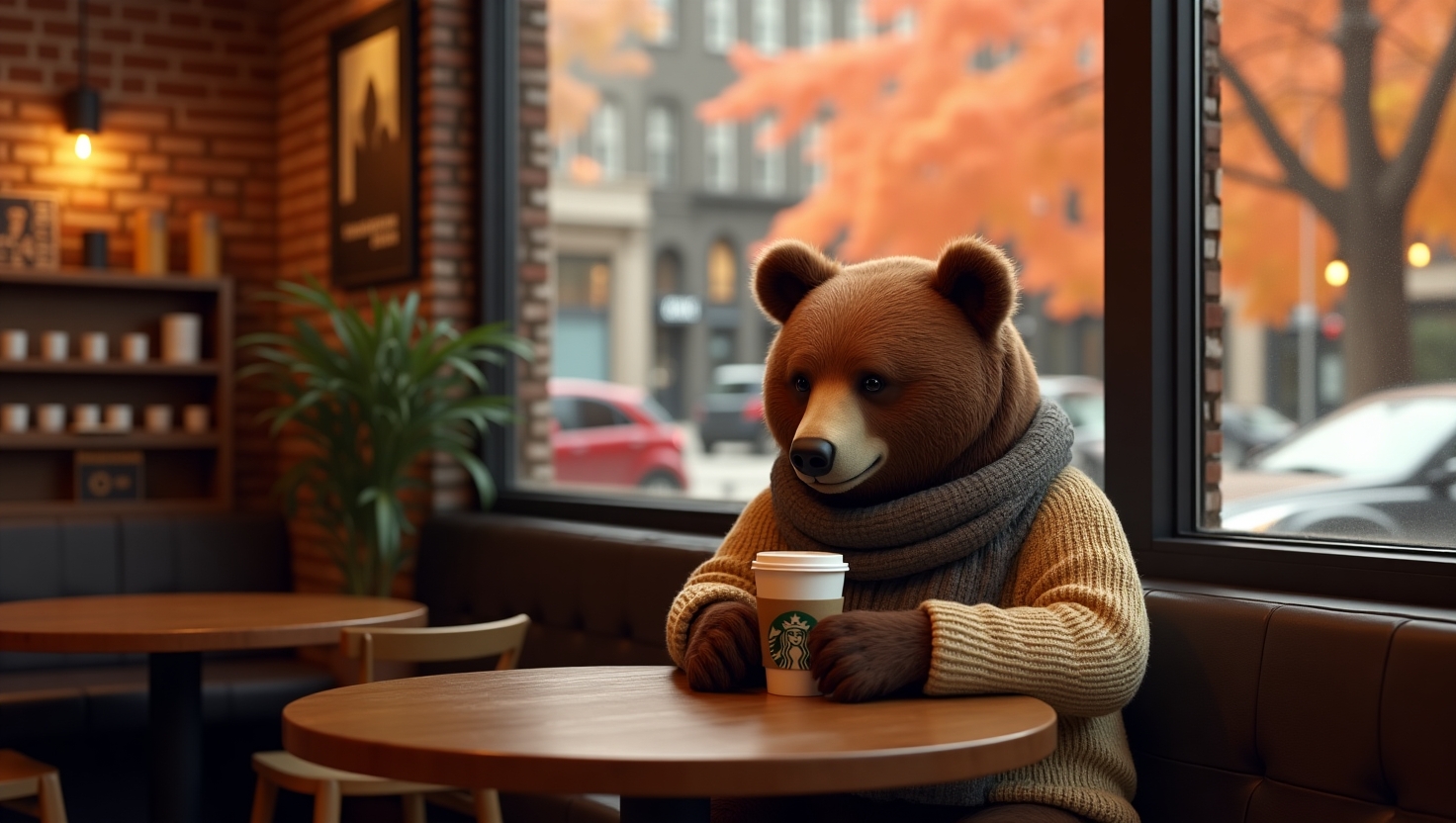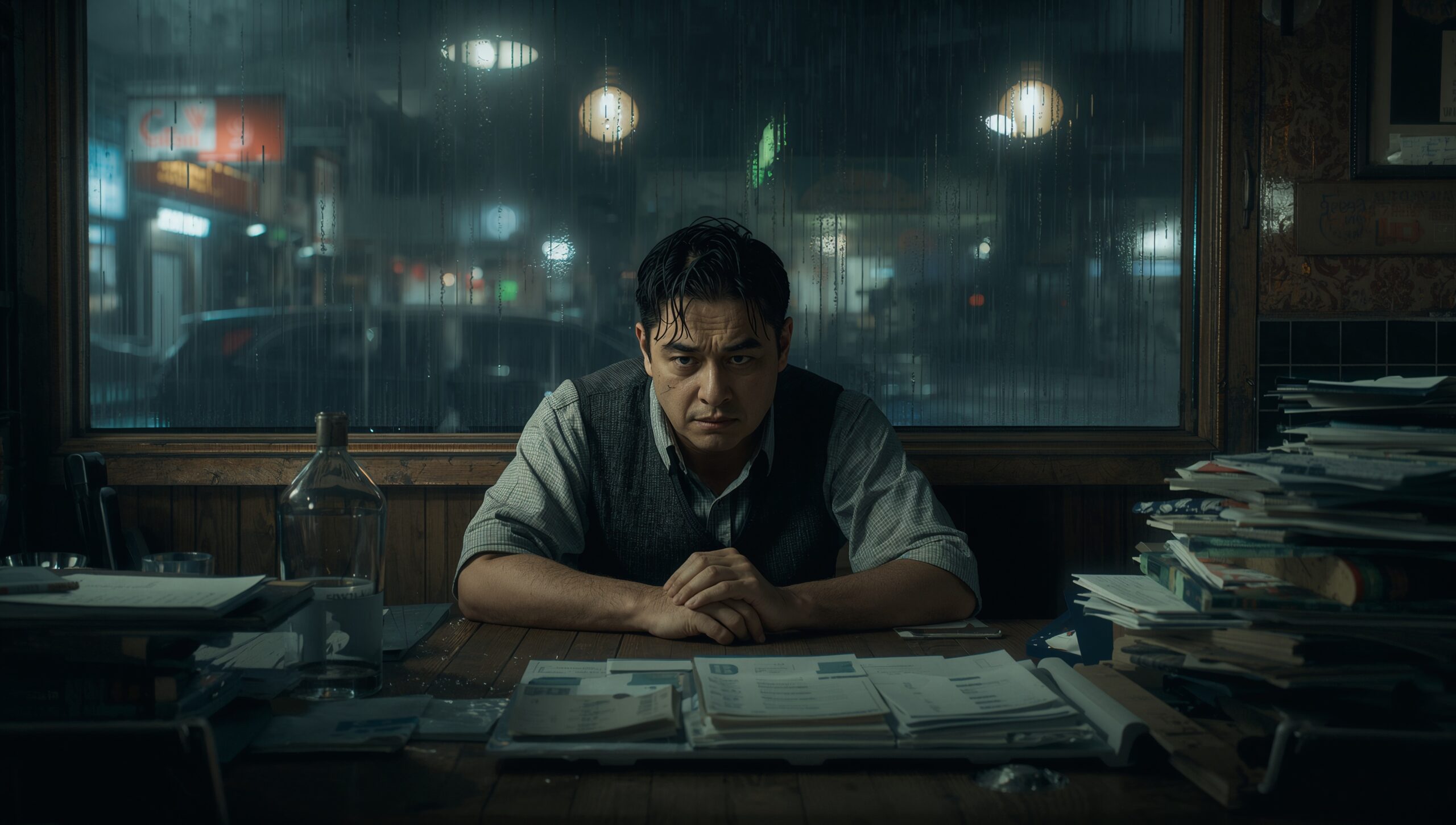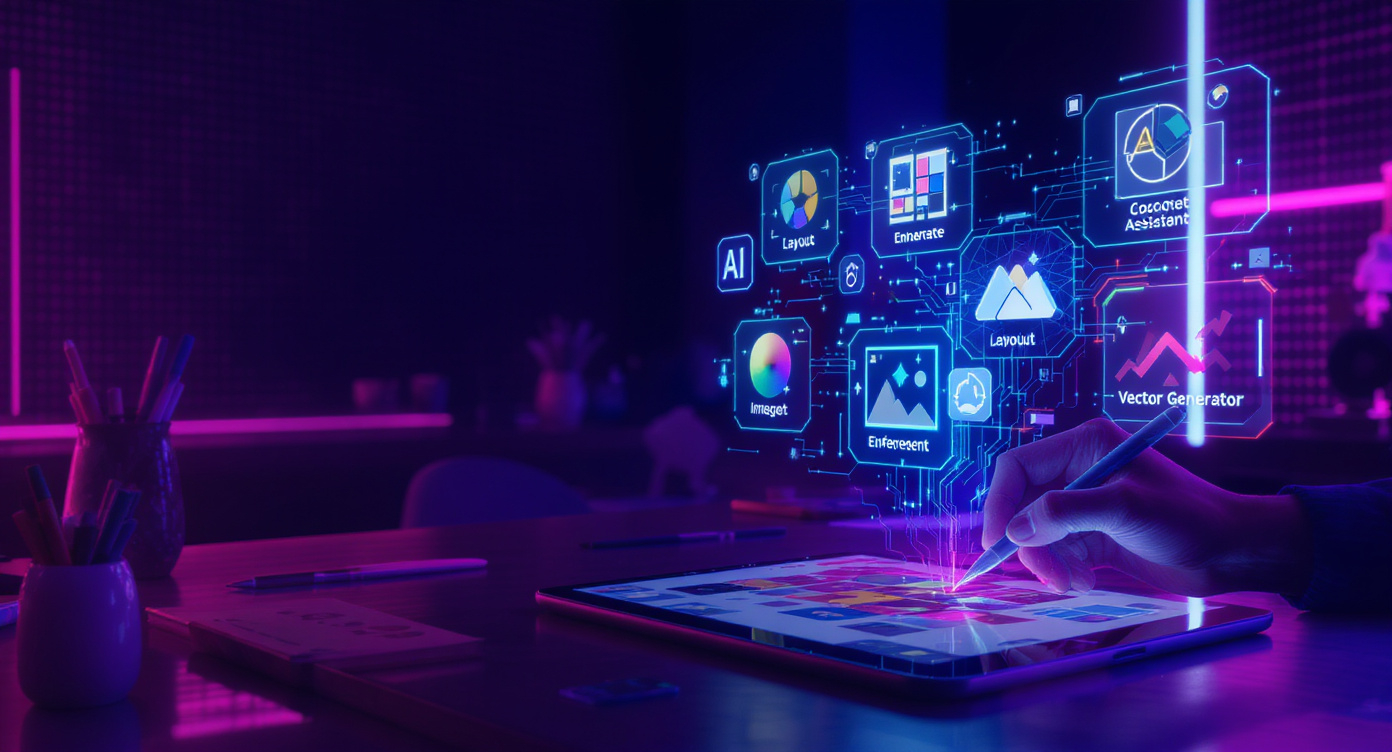My Journey Through Hospitality If you’ve ever worked in hospitality, you know the grind: long hours, late nights, and the kind of adrenaline that only comes when a dinner rush feels like controlled chaos. The heat of the kitchen, the constant chatter from the dining room, the never-ending sound of tickets printing — it becomes part of your heartbeat. For me, hospitality wasn’t just a paycheck; it was an identity I carried proudly for over a decade. I cycled through almost every role you can imagine. I started as a bar back, lugging cases of beer in the back alley, then hustled on the line as a cook, balancing five pans at once. I’ve served as a waiter balancing trays and smiles, worked as a supervisor, managed kitchens, and even trained as a professional sushi chef. Each position came with its own unique lessons. As a line cook, I learned speed and precision. Every second mattered when you had orders flying in. As a sushi chef, I learned patience, artistry, and how small details separate good work from unforgettable experiences. As a manager, I had to balance numbers, people, and the unpredictable nature of running a restaurant. But through every role, one constant kept me motivated: I loved making people happy. Whether through food, service, or leadership, hospitality gave me the ability to express creativity while directly impacting someone’s day. That combination of service and artistry made the grind worth it — for a time. And yet, I never imagined that one day I’d trade aprons and late-night shifts for the chance to build a digital business that would allow me to reach more people than I ever could in hospitality. The dream of creating a successful digital business became my new motivation. The Wake-Up Call The turning point in my story didn’t happen during a big meltdown or a dramatic kitchen disaster. It happened in silence, sitting in my office at Corner Bakery. Years earlier, I had worked there as a line cook, hustling through shifts just trying to prove myself. Fast-forward almost a decade, and I was back — but now as the General Manager. On paper, it looked like progress. Bigger paycheck, office, authority. But when I sat there, staring at the same logo, the same menu, and the same four walls, I realized something that shook me: I’d gone full circle. Different title, same story. That realization stung. I thought I was climbing a ladder, but I was really running in circles. Instead of feeling accomplished, I felt boxed in. The higher I rose, the further I drifted from what drew me into hospitality in the first place — the creativity of crafting dishes, the personal connection of service, the thrill of making someone’s day. My life had become budgets, schedules, and paperwork. It wasn’t bad. But it wasn’t me anymore. I craved freedom, creativity, and something entirely new — something that would later become the start of my digital business. Why I Needed a Digital Change The more I thought about it, the clearer it became: I didn’t just need a new restaurant or a new role. I needed a new life. Hospitality gave me incredible skills, but it also left me drained. I wanted more. More creativity. More time. More growth. Freedom to work on my terms instead of being tethered to the next shift. So, one day, I made the hardest decision of my career: I quit. With just a few thousand dollars in savings, I walked away from a steady paycheck and took a leap into the unknown — the world of building a digital business. First Steps Into the Digital Business Space The very first thing I did was type five words into Google: “how to make money online.” What came back felt like an avalanche — freelancing, dropshipping, YouTube, affiliate marketing, print-on-demand, you name it. For every genuine opportunity, there were three scams waiting to reel me in. Affiliate marketing caught my eye. The idea that I could promote products I believed in and earn commissions felt achievable. I even paid $500 for a course I found through a YouTube guru. But when I realized the “training” was basically teaching me how to build a website using Bluehost — something I could’ve learned for free — I asked for a refund. Instead of giving up, I decided to teach myself. It was overwhelming. I was constantly switching between tutorials, trial-and-error, and small wins. But the first time I made even a few dollars online, I felt the same rush I used to feel when a guest complimented my food. Proof that this digital business thing wasn’t just hype — it was real. Rediscovering Creativity Through a Digital Business What surprised me most about the digital space was how much creativity it demanded. I launched a YouTube channel centered around 420 culture and organic gardening. I started editing videos, first with Filmora, then with DaVinci Resolve, when Filmora felt too limiting. Suddenly, I wasn’t just editing clips — I was learning about lighting setups, storytelling beats, and even motion graphics. I’d lose hours in flow, building a video from scratch, adding music, syncing transitions. That same immersive energy I felt in a kitchen plating sushi was back — but now with endless possibilities. Digital tools became my new ingredients. Creativity became my menu. The “kitchen” was my laptop, and the audience was global. How Hospitality Prepared Me for Digital Business People often ask me if my years in hospitality prepared me for digital business. The answer is a resounding yes. Hospitality didn’t just give me skills; it gave me principles that directly shaped how I run my digital business. The Challenges I Faced Of course, moving into digital business wasn’t smooth sailing. Each challenge tested me, but it also forced me to grow as a digital business owner. Wins That Reaffirmed My Decision For every setback, there were wins that reminded me why I made the leap. Those wins feel

